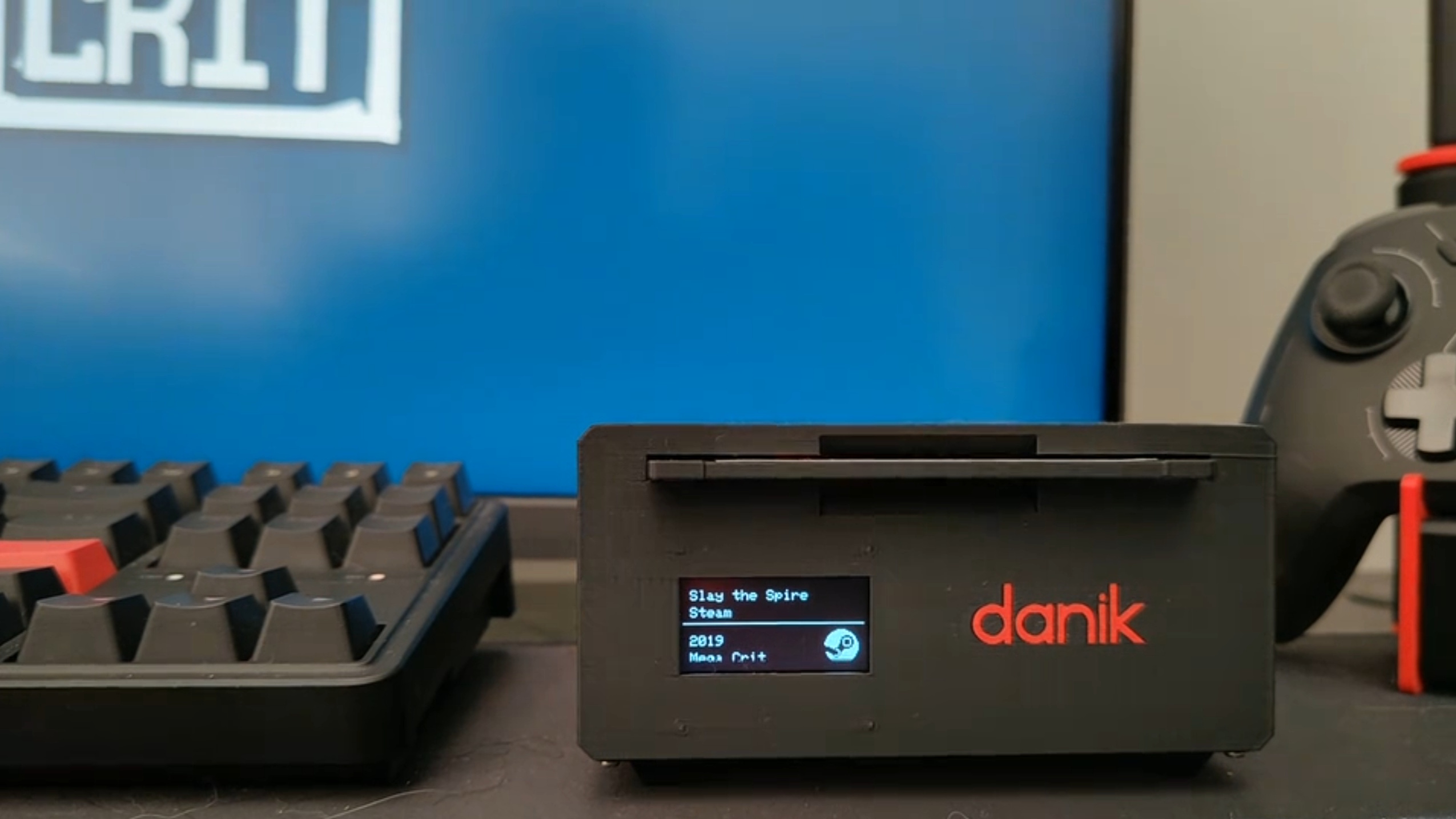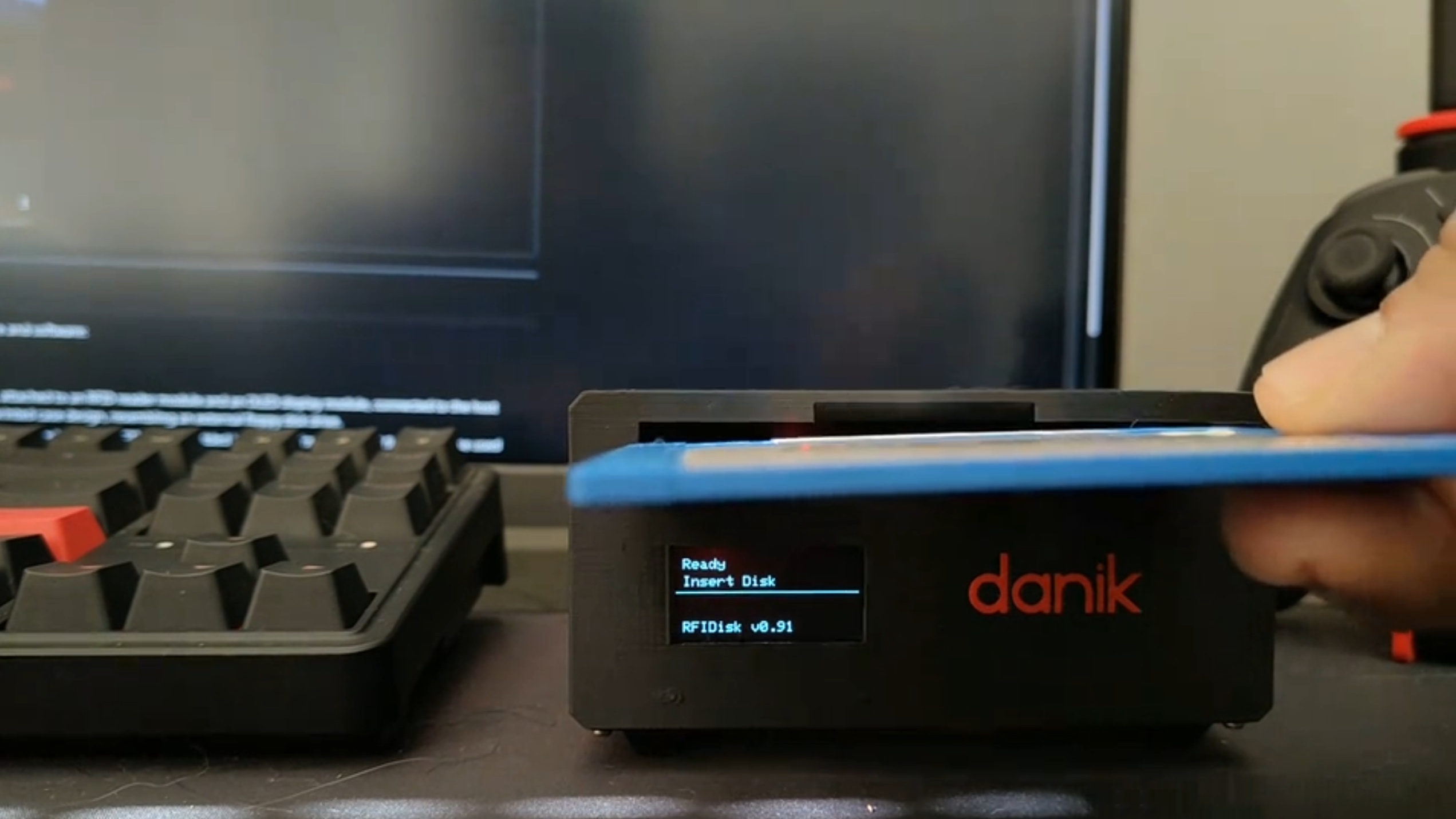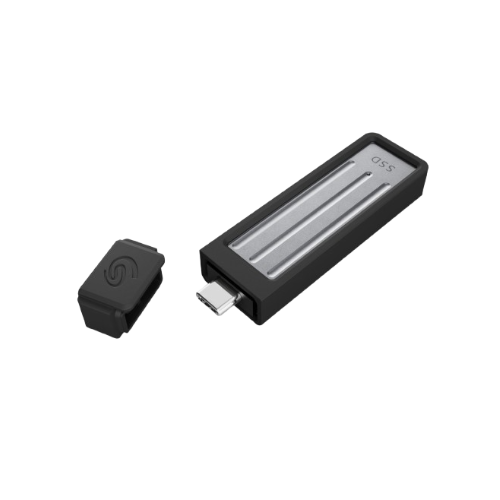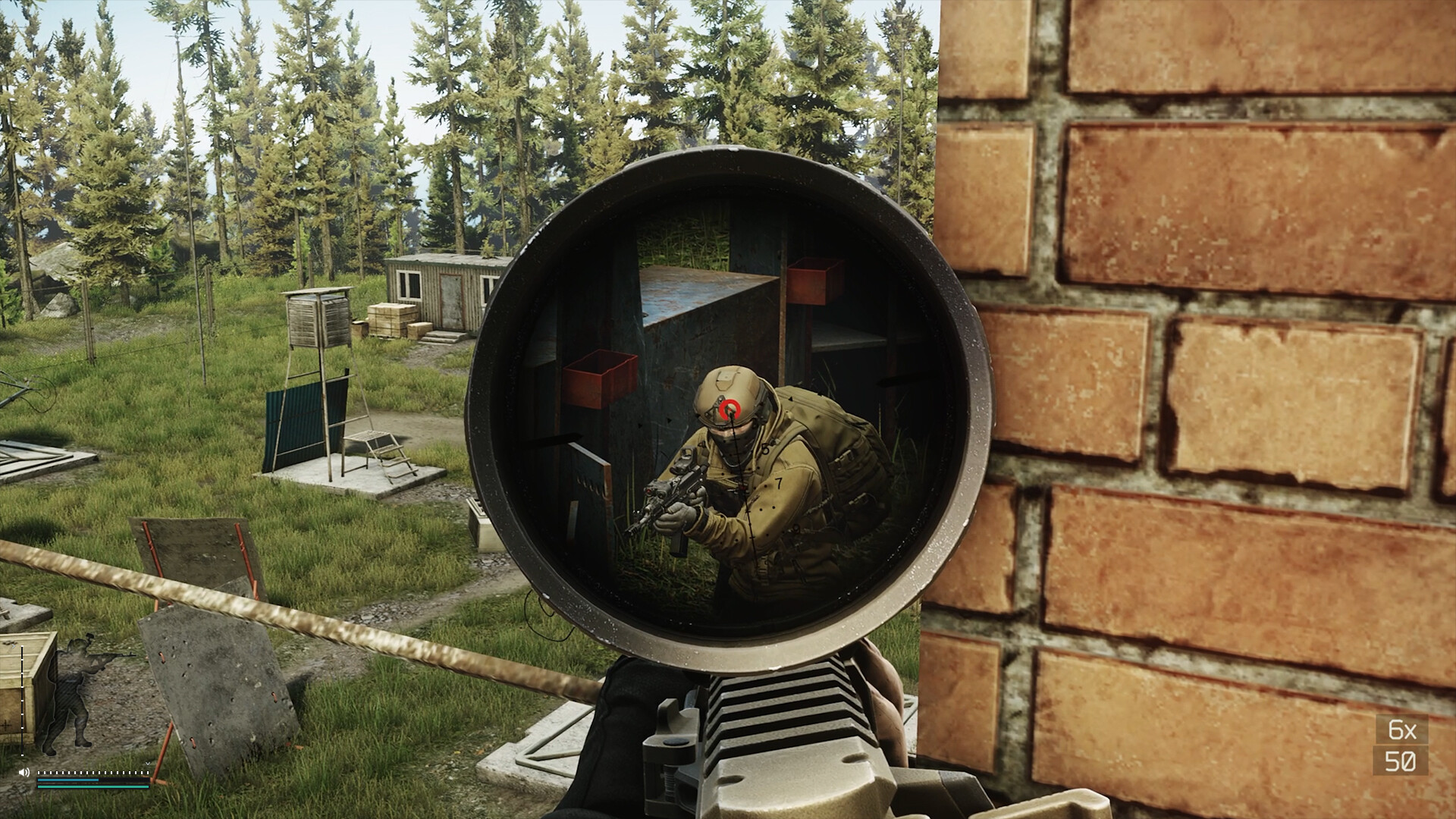
I'm sure this will be one for all of those who actually used floppy disks back in the day—a veritable nostalgia hit—but it's also for people like me who just about missed that era of computing. I remember computers having floppy disk drives, but by the time I was regularly using a PC, it was all CD and DVD. Now, I can get a chance to use those gloriously flat and solid little drives with open source project RFIDisk (via Hackaday).
Well, I can do so provided I have a 3D printer. Which I do not—bummer. And if I use Linux, which again I do not (not anymore, anyway). Still, a man can dream, and this man is dreaming of popping floppy disks into an RFID scanner. Which is what this thing is, by the way: It doesn't actually read the floppy disk, it just fits a floppy disk and scans an RFID code to boot up apps on a connected PC.
As the creator ItsDanik explains: "RFIDisk turns RFID tags into physical shortcuts that launch games, apps, or scripts when inserted on a retro-styled 'floppy drive' reader. Think of it as a cross between an RFID scanner and a USB floppy disk drive."
RFID means radio frequency identification and is what's used for contactless payments, among other things. The 3D printed floppy drives have the RFID code embedded invisibly into them, and the 3D printed drive simply reads this and then boots up whatever app or game you've set the Python service to associate the code with.

This does make the whole project seem a little less exciting. After all, you could just manually boot the game, or make the RFID code anything at all, not just a floppy drive. So it has a slight air of pointlessness about it. But I've never let that stop me before.
It isn't as easy as just hitting 'print' though, unfortunately. After printing the case, you have to screw on an OLED module—a neat touch that displays information about the app or game you're launching—screw it all together, hook it up to your PC, and install the RFDisk software and configure everything.
The fact that this is a Linux solution limits things somewhat, too, of course. While the OS has come a long way, in large part thanks to SteamOS, it still doesn't support anywhere near as many games as Windows does.
Keep up to date with the most important stories and the best deals, as picked by the PC Gamer team.
Still, you get to slot floppy disks in to boot modern games and apps. I'm already picturing myself rifling through my horizontally stacked and stickered floppy collection. Maybe now's time to invest in one of those 3D printers. And maybe after this project I'd move on to an NFC VHS-like cartridge reader to really round out the retro push.

1. Best overall: Adata SD810
2. Best budget: Crucial X9
3. Best for video editing: Samsung T9
4. Best USB4: Sandisk Extreme Pro
5. Best thumb drive replacement: Seagate Ultra Compact
6. Best durable drive: LaCie Rugged Pro 5
7. Best budget durable: Samsung T7 Shield
8. Best for backups: SanDisk Desk Drive

Jacob got his hands on a gaming PC for the first time when he was about 12 years old. He swiftly realised the local PC repair store had ripped him off with his build and vowed never to let another soul build his rig again. With this vow, Jacob the hardware junkie was born. Since then, Jacob's led a double-life as part-hardware geek, part-philosophy nerd, first working as a Hardware Writer for PCGamesN in 2020, then working towards a PhD in Philosophy for a few years while freelancing on the side for sites such as TechRadar, Pocket-lint, and yours truly, PC Gamer. Eventually, he gave up the ruthless mercenary life to join the world's #1 PC Gaming site full-time. It's definitely not an ego thing, he assures us.
You must confirm your public display name before commenting
Please logout and then login again, you will then be prompted to enter your display name.

